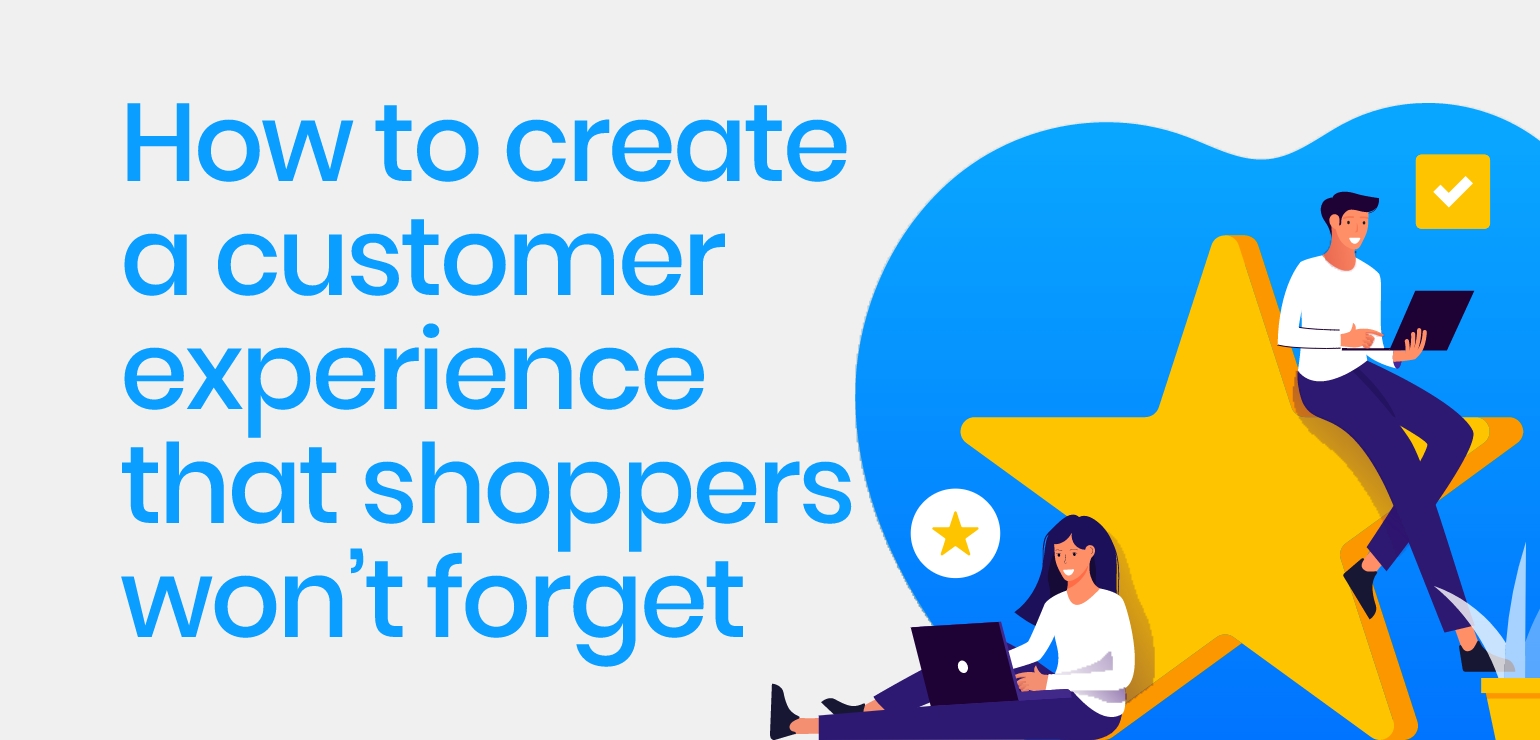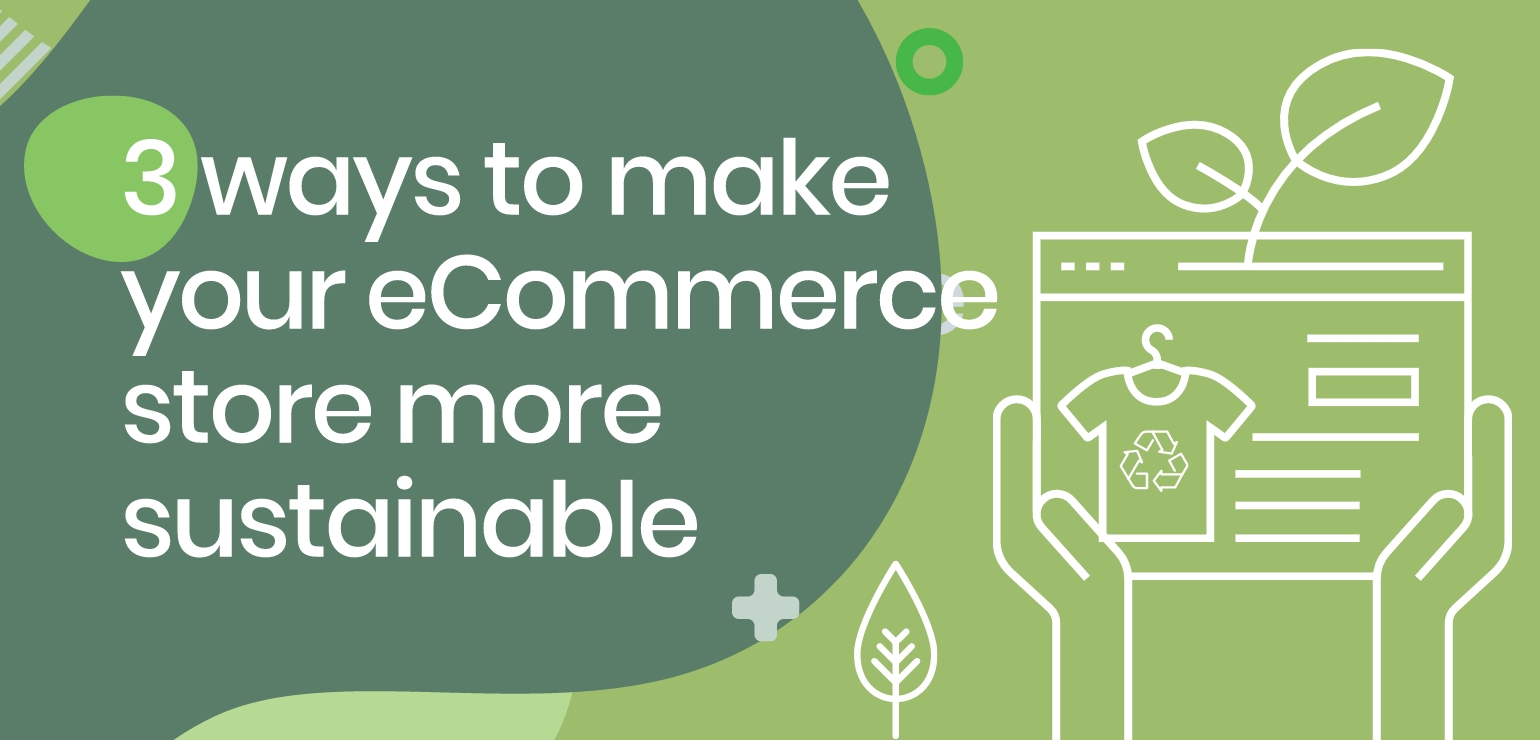eCommerce Consultancy Guide to B2B Selling

Article topics
- Different Approaches to B2B Selling
- Customer Experience
- B2B Cart and Order Fulfilment
- Personalisation
- The Future for B2B eCommerce
- B2B Marketing
- Analytics
- Omnichannel
- Final Thought
Selling online to consumers and selling products to other businesses requires two different approaches. Business to customer(B2C) companies sell to consumers. Business to business (B2B) companies sell to other businesses, sometimes retailers, but can include a variety of situations and relationships, which are often more complex than B2C.
Just like B2C, B2B eCommerce businesses are made up of a broad range of models and sectors, types and sizes, with varying levels of complexity. In this article we’ll explore the different approaches to B2B, how B2B differs from B2C, and how B2B eCommerce is evolving from a buyer’s point of view.
Different Approaches to B2B Selling
Wholesalers
Perhaps the most straightforward way that a B2C business sources its products is by using a wholesaler, buying at a trade or bulk price, selling products on to consumers at a profit, often with additional services. Retailers and other B2B businesses buy products from a wholesaler as they need them in a similar way that a consumer would buy from a retailer. Wholesale B2B spans across many sectors: construction, electronics and machinery, food and drink, medical, the list goes on.
Wholesale B2B transactions were traditionally done by phone, email, by manual or digital order forms. Today, wholesale is usually done via eCommerce, with orders placed using a B2B eCommerce website. A dedicated B2B website enables the wholesaler to organise inventory, manage accounts and provide B2C businesses with fast, streamlined buying experiences.
Manufacturers
Another way that B2B businesses source products is from manufacturers. Unlike a wholesaler—who will sell products from many different manufacturers—sourcing from the manufacturer means that B2B businesses might have multiple suppliers, from a handful to hundreds.
A manufacturer produces products from components and raw materials, selling finished goods to B2B customers (such as wholesalers). Manufacturers will of course need to source their materials from other suppliers, be it other manufacturers or industrial component suppliers.
As with wholesalers that supply B2B businesses, manufacturers sell via a dedicated B2B eCommerce platform, or portal, that offers buyers a more B2C buying experience.
Distributors
A distributor is a B2B business that works with a manufacturer or group of manufacturers, often in a single sector and often across global territories—a manufacturer might be based in the UK, but its production facility is in China or India.
To get its products to consumers the manufacturer will have a B2B distributor network in other countries. Those distributors will receive products directly from the production facility, selling on to B2C retailers in each of their home countries.
For example, a UK company might make musical instruments at a production facility in Taiwan. Orders are placed with the UK manufacturer by its distributors in Europe and the US. The finished products that have been ordered are then shipped directly from Taiwan to distributors in each country for sale by the distributor to local B2C retail.

Customer Experience
Successful B2C eCommerce companies understand they are in the customer experience (CX) business. They know that how they interact with consumers is as important as the products that they offer. It’s no different for B2B eCommerce. And although the reasons for providing outstanding CX in B2C and B2B sectors are the same, the demands and needs of business customers differ from those of consumers.
Compared with B2C, B2B businesses need to manage larger, more complex product catalogues, more payment methods, a quotation function, order tracking, invoicing, accommodate price breaks, bulk buying, MOQs, stock replenishment, payment terms, the list goes on. The bottom line is that B2B eCommerce portals need to do all that B2C eCommerce websites do, but with additional features and functionality.
From B2B customer acquisition, through quote, order and fulfilment stages, to marketing communications and relationship nurturing, providing more personalised experiences and reducing friction in B2B buying journeys helps to improve engagement and conversion rates.
B2B Cart and Order Fulfilment
Compared with the B2C shopping cart, the B2B cart performs differently for buyers, as well as for product and project managers. Some buyers use their B2B cart as a project list, or as a resource to help manage procurement costs.
A fundamental difference between B2C and B2B eCommerce carts is the need for B2B transactions to not only offer different payment methods, such as generating invoices, performing direct money transfers and linking with credit accounts, but to be able to take forward orders, show product lead times, manage MOQs, tiered pricing and other useful product and availability information.
From 3PL providers and drop shippers, alongside conventional in-house supply chain methods, there are multiple ways to fulfil B2B orders and ship nationally and internationally.
Although the evolution of B2B is towards becoming fully digital, it’s interesting to note that at the moment barely 40% of B2B companies have a fully implemented eCommerce supply chain strategy, so businesses that fully embrace end-to-end B2B eCommerce could take the advantage on competitors.
Personalisation
B2C personalisation is directly related to conversion rate optimisation (CRO). Creating B2B-specific experiences for buyers also helps to improve B2B eCommerce CRO. Offering each client company a buying experience that is tailored and relevant to them is highly valuable.
If a B2B buyer (or team of buyers) can login to a B2B eCommerce portal and see live information, such as their order history, current orders, as well as live stock levels, consignment information, product and order tracking, related product suggestions, account terms etc. at a glance, they will be able to better manage their business operations.
The purpose of B2B personalisation, as with B2C, is to better engage buyers, to help ensure that their stock levels are maintained, and that the right products are on sale at the right time to consumers.
The Future for B2B eCommerce
Traditionally, a wholesaler, manufacturer or distributor could rely on superior product and services to get ahead of the competition. Or it could offer outstanding customer service (not the same as CX) to win customers from less conscientious competitors. That’s no longer enough.
B2B buyers are increasingly expecting faster, more streamlined buying experiences, greater personalisation and the convenience to interact with a supplier wherever and whenever they want, as they do in a B2C shopping context. The B2B eCommerce landscape is evolving to meet buyer and procurement team expectations.

B2B Marketing
Proactive and personalised B2B marketing adds value to buyer CX. Contacting individual buyers or procurement teams with timely, relevant deals and offers will help drive engagement and conversions.
Creating personalised buyer marketing communications to anticipate need before it arises, such as with seasonal products and increases in demand, media interest in a product or sector, quickly spotting trends and patterns, will help to demonstrate a B2B supplier’s stake in its customers’ businesses.
Providing B2B thought leadership to the sector via targeted emails and social media, such as articles, reports, whitepapers, videos, podcasts and webinars, keeps conversations going and helps improve customer engagement, maintaining and raising a supplier’s brand credibility.
Analytics
B2B analytics offers insights into buyer behaviour, helping to increase conversion rates by creating targeted marketing campaigns for specific B2B client businesses.
Deciding optimum pricing for products is possible through the B2B analysis of buyer attitudes to pricing. Identifying pricing patterns enables B2B eCommerce companies to gain valuable insights about the highest prices that buyers are prepared to pay.
Combining browsing behaviour, order history, demographics and other behavioural data, B2B suppliers are able to provide even greater personalisation for buyers, with individualised product catalogues and homepages, and even entirely personalised navigational experiences.
B2B analytics not only helps to better identify buyer needs and manage personalisation, it can also play an important role in managing demand and supply, optimising planning and forecasting sales, improving product, component or material sourcing and order fulfilment.
Omnichannel
B2B eCommerce personalisation must account for the growing number of touchpoints in buying journeys. That means buyers have a greater number of ways in which to interact with B2B suppliers. Headless commerce is enabling B2B suppliers to offer more choice for how buyers interact with them, such as, voice commerce, augmented reality (AR) and omnichannel experiences.
With B2B buyers becoming used to B2C omnichannel shopping, it makes sense that they want a similarly unified and consistent B2B buying experience too.
With an omnichannel, single source of truth approach, multiple device engagement will be more consistent, whether a buyer is in the field with a sales manager, on a PC in the office, or using a mobile phone on the move.
It’s increasingly common for multiple channels and devices to be used in creating a single order, particularly if a procurement team is in different locations—precisely the kind of CX that a B2B omnichannel approach supports and encourages. This reduces friction for buyers, who are able to place orders and interact with suppliers anytime, anywhere, improving buyer CX and helping suppliers build positive relationships with their customers.
Final Thought
As we have seen, selling B2B can be very different compared to selling B2C, being operationally more complex. But in some important ways, B2B and B2C are actually very similar.
Ensuring that your business has the right eCommerce platform and strategy to not only streamline buying journeys, but to also increase customer acquisition, to extend your B2B reach with the right personalisation and digital marketing is the key to B2B eCommerce success.
Given the relative complexity of B2B operations it makes sense for businesses who want to sell to other businesses to partner with an expert eCommerce consultancy specialising in designing and developing high performance B2B websites.
Could your online business add a new revenue stream by selling B2B? For more information about B2B, get in touch today for a chat with one of our expert team members.


 Back
Back
